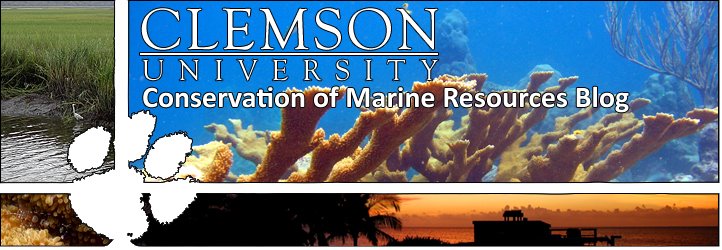I had the opportunity to spend my summer down in the Middle Florida Keys with the Childress lab this summer. I went down to assist Kylie with her data collection, but I also got the opportunity to learn about the diverse community of the Keys with the Marine Ecology class that Dr. Childress taught in June. During the class most days were spent in class, luckily for us this meant being on the boat or in the water. Snorkeling through the mangroves and on the reefs allowed us to get familiar with many of the species commonly seen. Other days were spent carrying out different techniques to sample a site for diversity, or honing our lobster wrangling skills as well. After we had explored different aspects of the Keys, independent projects were conducted using the techniques learned in the previous weeks. This allowed the teams to choose a topic in the Keys that interested them.
When the class ended I stayed for the month of July to assist Kylie in the field. Kylie’s project examines the effects that competition from macroalgae and corallivory from parrotfish have on coral health. In the past year I have been helping Kylie analyze photos, videos and data from her trip down to the Keys during the summer of 2012. I was extremely excited to get out of the lab and get into the water, where I could see first hand the images I had only viewed from a computer screen.
We began by taking survey data on 14 sites along Long Key.
The survey methods consisted of two divers swimming along a transect doing fish
counts and behavioral observations on parrotfish. There were also two
other divers who swam down the transect and took video footage as well as
pictures for later analysis of the reef’s composition. Once we completed
the surveys we began to put out cages to monitoring the effects of macroalgae
and parrotfish on coral fragments. This was a huge task we completed this
summer. 12 cages were placed on 7 of the sites. 6 cages were left open,
allowing parrotfish in, and 6 were closed, preventing anything from
entering. Each cage had coral transplant in it and either no algae,
medium algae, or high algae. These cages are to be monitored several
times throughout this upcoming year in order to see the impact the level of
algae and the presence of parrotfish have on the health of the coral fragments.
Putting the cages out was no small feat. But through
the wind and the rain we managed to secure 84 cages in the water. One
of the many things I took away from this summer was how valuable it is to be
able to adapt to your environment. We had to re-attempt our ideas
numerous times before we achieved an effective method. For example,
many of our first cages ended up detaching from the substrate. We
had to attempt to change our original plans to try and secure them more
effectively. You never know what things can end up being helpful in
the field. Who would have thought a salad spinner would be a staple
in preparing the algae for the cages? Many times we struggled to
come up with the best thing to do but once we finally got it the victory was so
much sweeter. The experiences I got this summer only added to my
passion to continue in my path towards graduate school.







